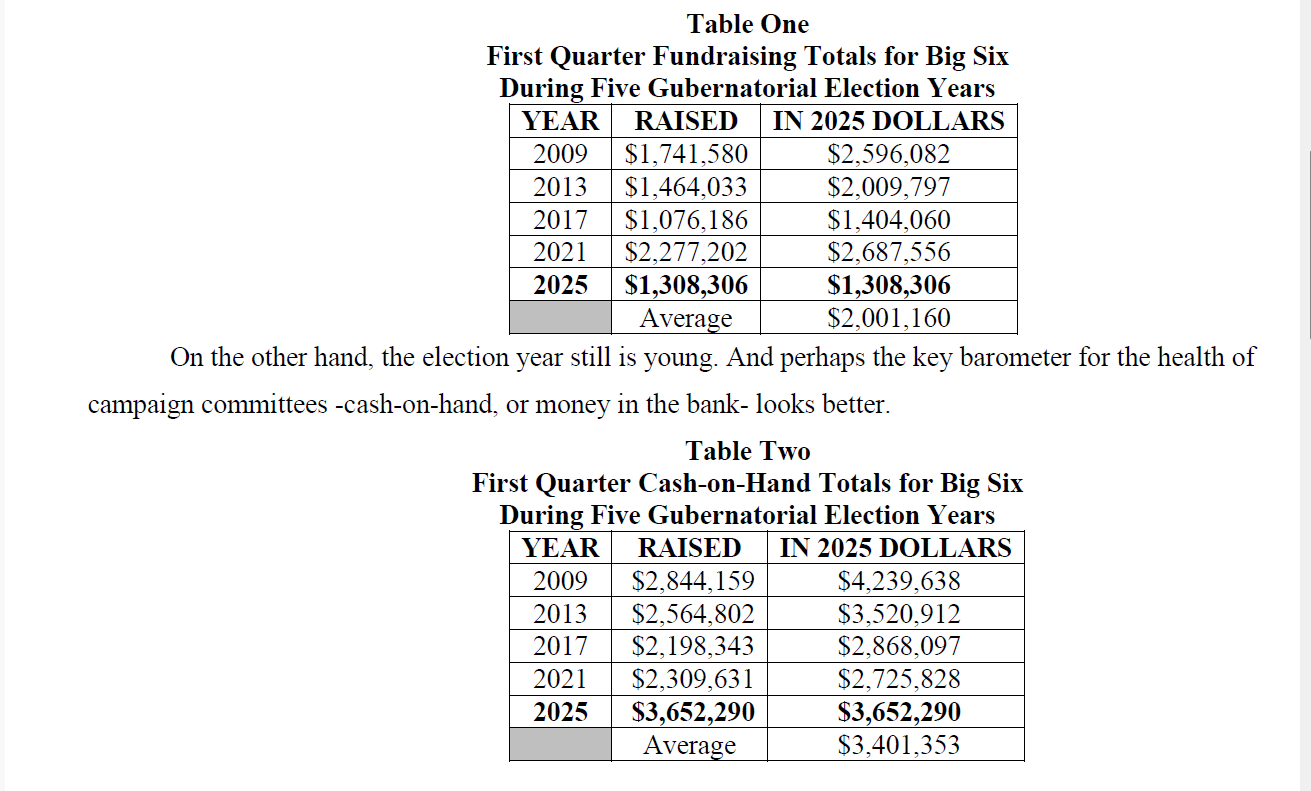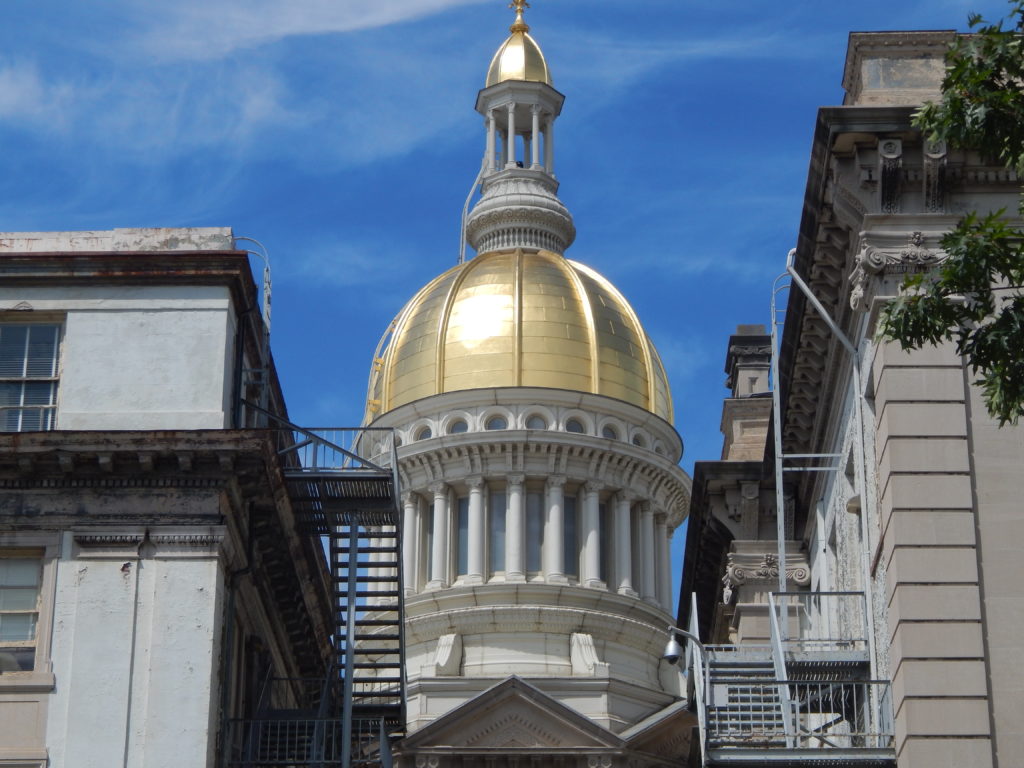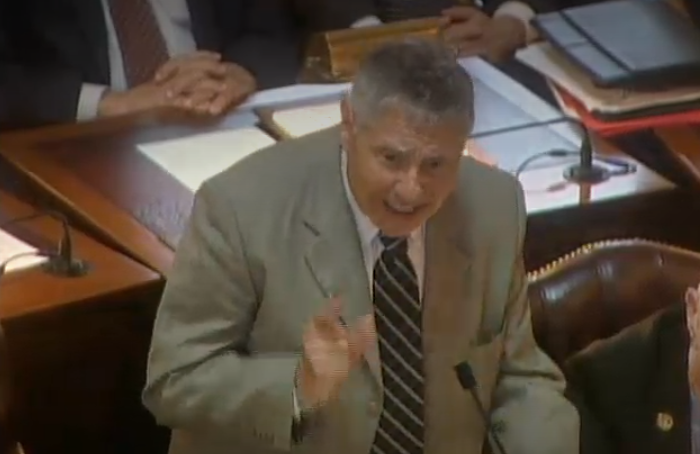First quarter fund-raising totals for the top six party fund-raising committees of the two major parties are lagging somewhat behind those during four previous gubernatorial election years.
On the plus side, the cash reserves of the “Big Six” committees sit at a level not seen since 2009, according to reports filed with the New Jersey Election Law Enforcement Commission (ELEC).
Through March 30, 2025, the reports show the two state parties and four legislative leadership committees raised a total of $1.3 million.
Compared to inflation adjusted numbers for four earlier gubernatorial election years, it was the smallest quarterly take and less than the $2 million quarterly average for all five elections.

The $3.6 million in first quarter cash reserves is surpassed only by the 2009 inflation-adjusted total. It also tops an average for the period that was computed in today’s dollars.
At stake in this year’s election is an open governor’s seat since Governor Phil Murphy cannot run for a third term, all 80 state Assembly seats, and one state Senate seat in the 35th Legislative District that will be settled in a special election. The full Senate is not on the ballot this year.
The main reason combined Big Six fundraising totals were down this year is because of a big drop among Democrats. Fundraising and spending by Democrats both are down compared to 2021. Cash-on-hand is up. Among Republicans, fundraising and cash-on-hand are up while spending is down versus 2021.

One possible explanation for first quarter fundraising being off is that parties may be laying low until after the June 10, 2025 gubernatorial primary election. With six Democrats and four Republicans vying for their respective nominations, it would make sense that party leaders would try to avoid competing for donor dollars.
Waiting will not necessarily hurt them since they have a major advantage this year compared to four years ago that can help them play catchup later. Under a new law enacted in 2023, state parties can now accept as much as $118,500 per year from donors, while legislative leadership committees can take up to $79,000. During the 2021 gubernatorial election year, the limit was $25,000 for all Big Six committees.
State parties and legislative leadership committees are required to report their financial activity to the Commission on a quarterly basis. The reports are available on ELEC’s website at www.elec.nj.gov.
Fundraising is a crucial aspect of political campaigns, as it allows candidates to reach a wider audience, run effective advertising campaigns, and ultimately secure victory on election day. In New Jersey, the “Big Six” committees play a significant role in shaping the state’s political landscape. These committees, which include the Democratic State Committee, Republican State Committee, Senate Democratic Majority, Senate Republican Majority, Assembly Democratic Majority, and Assembly Republican Majority, are responsible for fundraising and supporting candidates at the state level.
A recent analysis of fundraising trends within these committees reveals some interesting insights. While overall fundraising numbers remain strong, there are some areas where certain committees are lagging behind their counterparts. For example, the Democratic State Committee has consistently outpaced the Republican State Committee in fundraising efforts, with significantly higher donation totals and cash on hand.
However, when looking at the Senate and Assembly Majority committees, the picture is more mixed. The Senate Democratic Majority has seen a steady increase in fundraising over the past few years, while the Senate Republican Majority has struggled to keep up. On the other hand, the Assembly Democratic Majority and Assembly Republican Majority have both seen relatively stable fundraising numbers, with neither committee significantly outperforming the other.
Overall, the analysis suggests that while some committees may be lagging behind in fundraising efforts, the “Big Six” as a whole remain in a strong financial standing. This bodes well for candidates affiliated with these committees, as they will have the resources necessary to run competitive campaigns in upcoming elections.
It will be interesting to see how these fundraising trends evolve in the coming months and years, especially as New Jersey gears up for important elections at both the state and national levels. As always, fundraising will play a critical role in determining the success of candidates and shaping the political landscape of the state.



